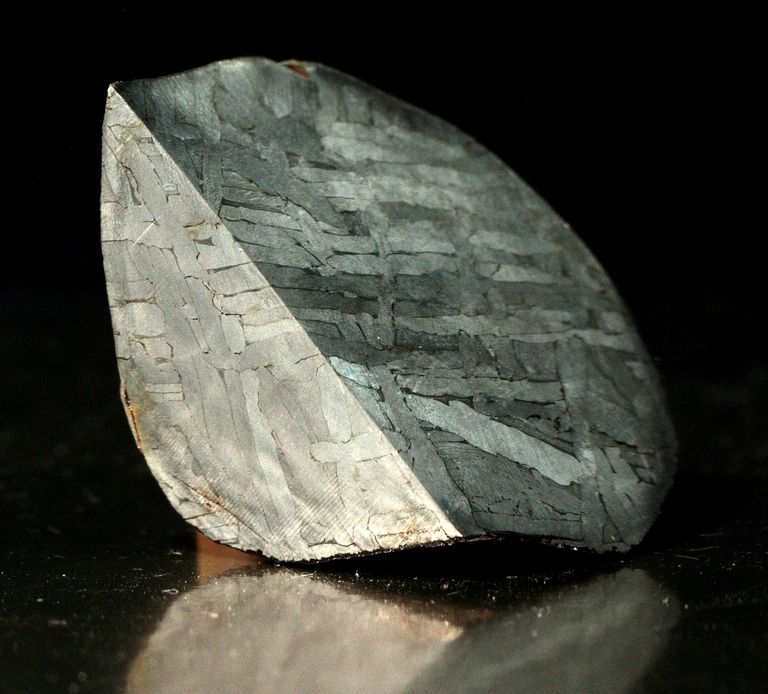
Types of Analysis
Read slowly the types of analysis we made in our laboratory.
Below we explain in detail the types of analyzes that you can order in our laboratory. Please read carefully, and if you need more information, please do not hesitate to contact us.
The best option to get fully characterized a meteorite, is to make, at least, analysis of magnetic susceptibility, petrography and XRF, together. Anyway, each analysis, separately, can give valuable information about the rock. You can order one or more analysis for your sample(s).
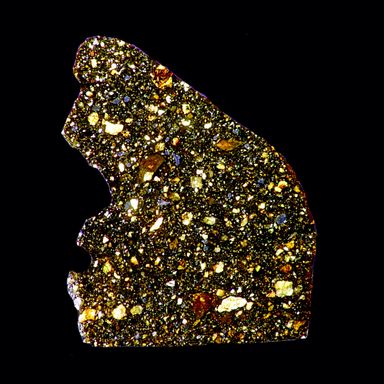
Petrography
Petrographic analysis is carried out on thin and polished sections, using incident and polarized light, and allows us to identify the degree of shock in the rocks, the weathering and the geomarkers of the meteorites. Documents the texture and modal composition of rocks. It is used for rocks and crystalline materials. It allows obtaining petrographic and metallographic images of the analyzed samples and knowing if it is a meteorite and what type in 90% of cases.
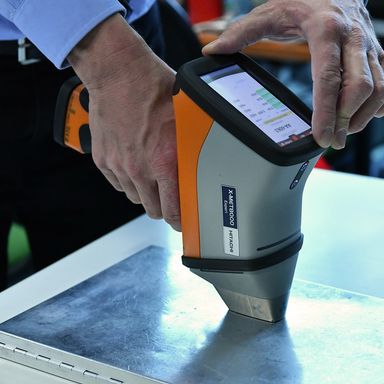
X-Ray Fluorescence
It uses X-rays to analyze materials and obtain data on the chemical composition of metals and rocks. It offers data on the composition of oxides and elements, and with this we can identify meteorites, analyzing the contents of SiO2, K2O, Fe/Mn, Mn/Mg, Ni, Fe, Co, etc. In meteorites SiO2 is less than 60%, K2O is less than 0.6%. It allows us to know what type of meteorite we are analyzing with 95% certainty.

Magnetic Susceptibility
Analyze the reaction of samples to an induced magnetic field. It is an officially approved technique for the classification of meteorites, and provides data on the content of magnetic phases, allowing terrestrial materials to be discriminated, and identifying meteorites and their types. This analysis allows you to refine the results of the other analyses, so it is recommended to do it together with any of the others.
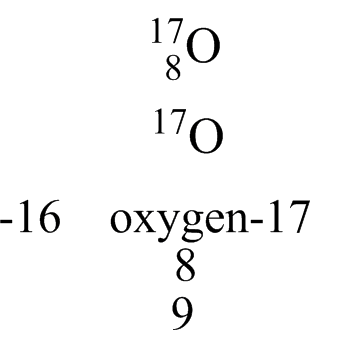
Oxygen isotopes
Analyzing the isotopes Δ 17O - 18O allows us to know where in the Solar System a material crystallized. This analysis method is based on the content of oxygen isotopes incorporated into a sample and in this way we can know what type of meteorite it is, and locate its origin in the measured areas of the Solar System. This technique is extremely important in meteorite classifications.
How to proceed
To place your order, please request the order and acceptance of laboratory conditions document, fill it out and send it along with your samples for analysis. With the information offered, you can choose the type of analysis you want for your samples, you can even do several analyzes at the same time. It is important to respect the mass of the samples (at least 20 grams). If you need more detailed information, do not hesitate to contact us.
Ask us for the shipping address for your samples. Remember to read the legal and full information in this LINK.
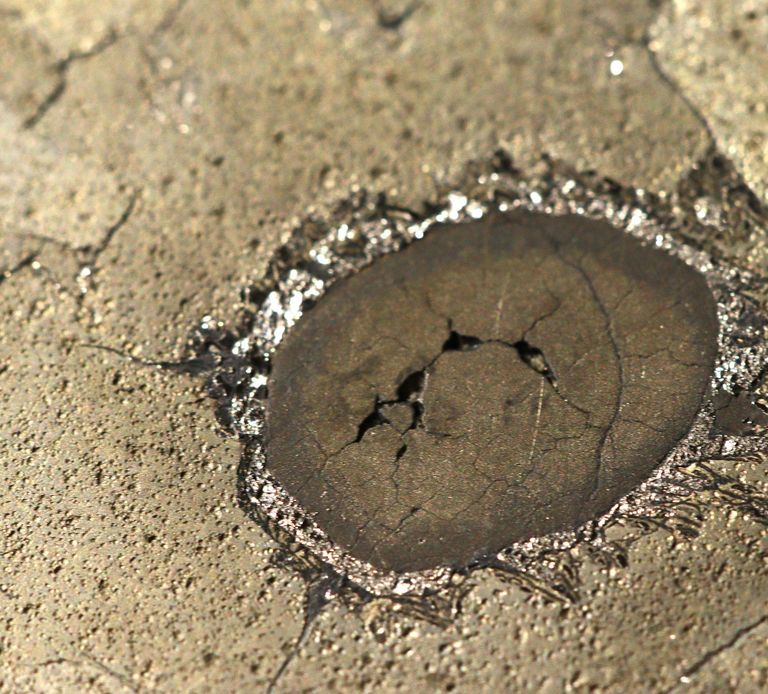
Contact us for more information.
REMEMBER; NO PHOTOGRAPHS OR VIDEOS ARE COMMENTED. WE DO NOT ANSWER EMAILS WHERE THE QUERY IS ASKING TO IDENTIFY PHOTOS.